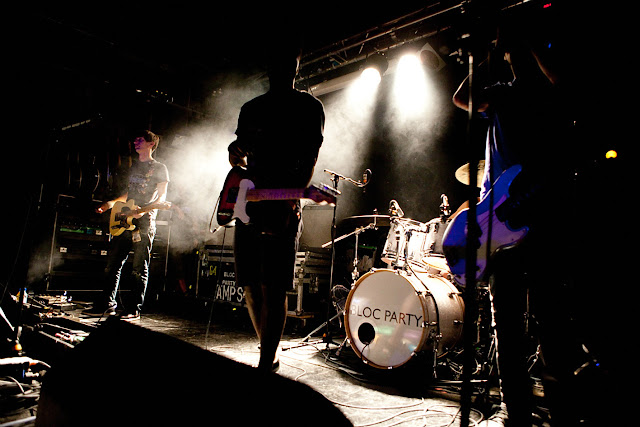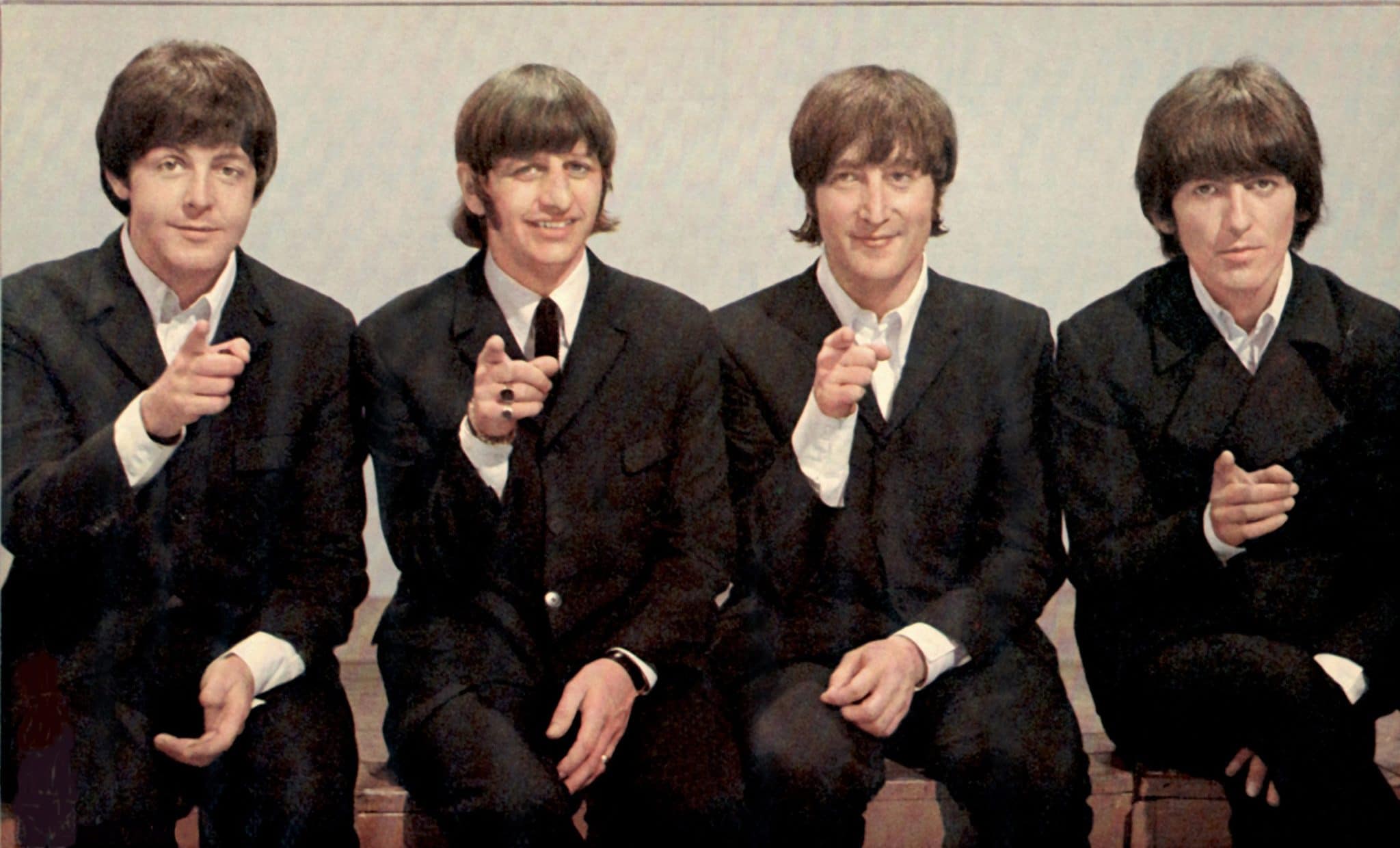History of rock music
Rock music originated in the post office of the 60s of the last century and remains popular and relevant in our time. Now we can listen to many subgenres of rock – from art rock to Christian rock. But still, where did it all begin?
Rock music (English Rock) is the general name of a number of trends in popular music of the second half of the 20th century, originating from rock and roll and rhythm and blues. The term Rock is obviously a contraction of Rock’n’roll and literally translates as “to sway; shake)”. Also called “rock” is a peculiar way of life of some fans of rock music, which has grown into a subculture.
Rock music has a large number of directions:
from danceable rock and roll to heavy metal. The content of the songs varies from light and casual to gloomy, deep and philosophical. Rock music is often contrasted with pop music (the so-called “popsy”), although there is no clear boundary between the concepts of “rock” and “pop”, and many musical phenomena balance on the border between them.

Prerequisites for the emergence of the genre:
The post-war development of foreign musical culture took place in the conditions of the deepening division of the world, the strengthening of the struggle between two socio-economic systems, military-political blocs, the resolution of the “cold war”, atomic psychosis, ideological and cultural confrontation. Humanity, which suffered unprecedented human, material and spiritual losses during the Second World War, faced the large-scale task of raising material culture from the ruins, healing the wounds of spirituality and civilization.
The most characteristic of the culture of this period is the further development of the so-called “mass culture”, the replication of the culture of “serial production”, which was significantly facilitated by scientific and technical progress, which brought revolutionary changes in the field of mass media (in particular, the rapid development of television, radio, sound recording, cinema). Unlike communist countries, where mass culture was strictly regulated by the ideological guidelines of the Communist Party, in capitalist countries the development of mass culture was closely related to the commercial entertainment industry.
At the same time, the democratization of culture, its “serialization”, creates certain specific problems for the functioning of culture. There is a process of alienation of culture, which gives rise to the phenomenon of counterculture in the bowels of mass culture — a subculture of a protest, rebellious direction. In the second half of the 20th century, rock became such a counterculture.
From the first years of its existence, rock music had its own set of instruments. The main instrument was and remains the electric guitar. Connected to a speaker, the electric guitar allows you to play loudly and gives the music a sharp, piercing and at the same time deep sound. Over time, the number of “guitar lotions” increased, which made it possible to diversify the sound of the instrument. The electric guitar knew how to do everything: to squeal and growl, to lead a clean, beautiful melodic theme, and to strum hard chords. The accompaniment for the guitar solo was served by the bass guitar and the rhythm of the drums. Often, the composition of a rock group was limited to only these three instruments (such groups were later called “power trios”), sometimes for variety it included keyboards: a piano or an electric organ.
The song was built according to the principle of alternating verses and chorus, with an instrumental insert in the middle (guitar solo). In the early 1960s, songs rarely lasted more than three or four minutes: this format was ideal for radio broadcasts and did not allow audiences to get bored at concerts. The melody of the song was based on the “riff” – a simple sequence of guitar chords that determined the development of the musical theme.
Chronologically, the history of rock music is divided into several conventional stages, which generally reflect the changes that took place in the development of the genre during the second half of the 20th century. As already mentioned, it is generally accepted that rock begins with the Beatles. However, many rock music scholars prefer not to use the word “rock” when talking about the Beatles and other groups of the first half of the 1960s, arguing that it was simply a version of pop music with a harder sound and more active rhythmic component. This version of pop music can be characterized using the term “beat” (“beat” in translation from English means “rhythm”). Actually, the very name “Beatles” is built on a play on the words “beetle” (“beetle”) and “beat” (“rhythm”).

A very original version of psychedelia appeared in American music.
Local musicians were less interested in the mystical component of psychedelic culture than in the idea of learning about the world through simple communication with people, the idea of constant movement. A bright branch of American psychedelic music is the so-called California School, which united many rock groups from San Francisco. Their music was based on a fairly soft guitar sound, a free manner of performance, and a constant search for new musical forms. An interesting text was superimposed on a simple set of chords. A masterpiece of American psychedelia can rightly be called one of the albums “Jefferson Europlane”, titled “Surrealistic Pillow”. It is impossible not to mention two significant groups: “Dorz”, which produced an absolutely unique version of psychedelia, with powerful sound of keyboards and deep vocals of Jim Morrison, and “Vanilla Fudge”, which anticipated art rock.
From psychedelic experiments, several styles are gradually formed that will determine the development of rock music in the 1970s. One of these styles is hard rock, or heavy rock. The most prominent representatives of this style are the groups “Deep Purple”, “Black Sabbath” and especially “Led Zeppelin”. Hard rock bands are united by an orientation towards a hard guitar sound, a clear but technically complex rhythm, and expressive vocals.
The pioneers of hard rock can be called the British group “Crimea”, consisting of guitarist Eric Clapton, bassist Jack Bruce and drummer Ginger Baker. The music of “Crimea” was not hard rock in its pure form, it was rather a kind of blues-rock version with a hint of psychedelia, supplemented by a weighted guitar sound and expression in the delivery of the material. The group’s stage presentation was built on almost continuous improvisation, in the process of which Baker and Clapton seemed to be competing in virtuosity. However, it was not a monotonous psychedelic impromptu, the musicians emanated unprecedented energy, or, as it is commonly called, drive. Although the drive was inherent in both beat and psychedelia, only hard rock brought this category of music to an absolute .
